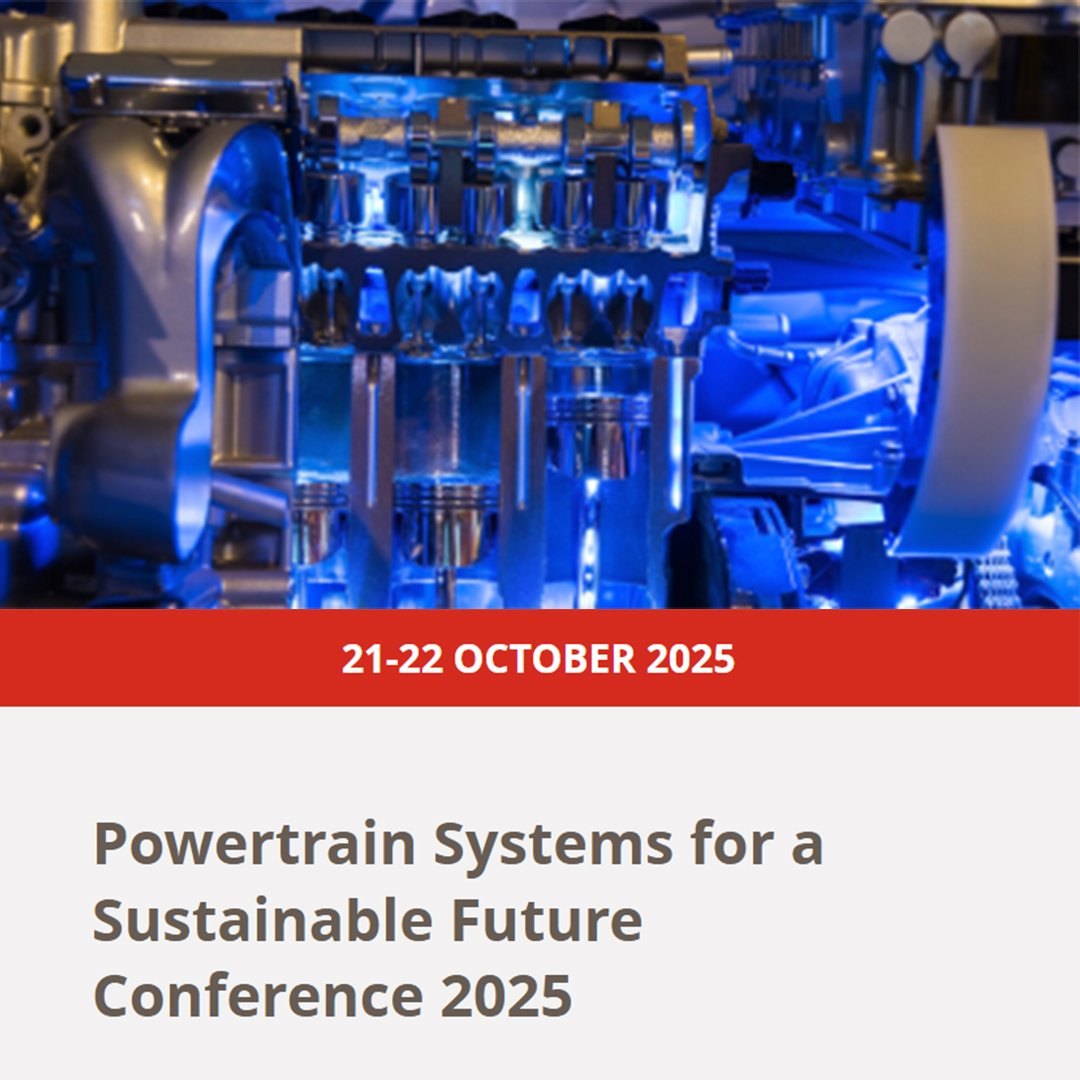
Non-carbon fuels
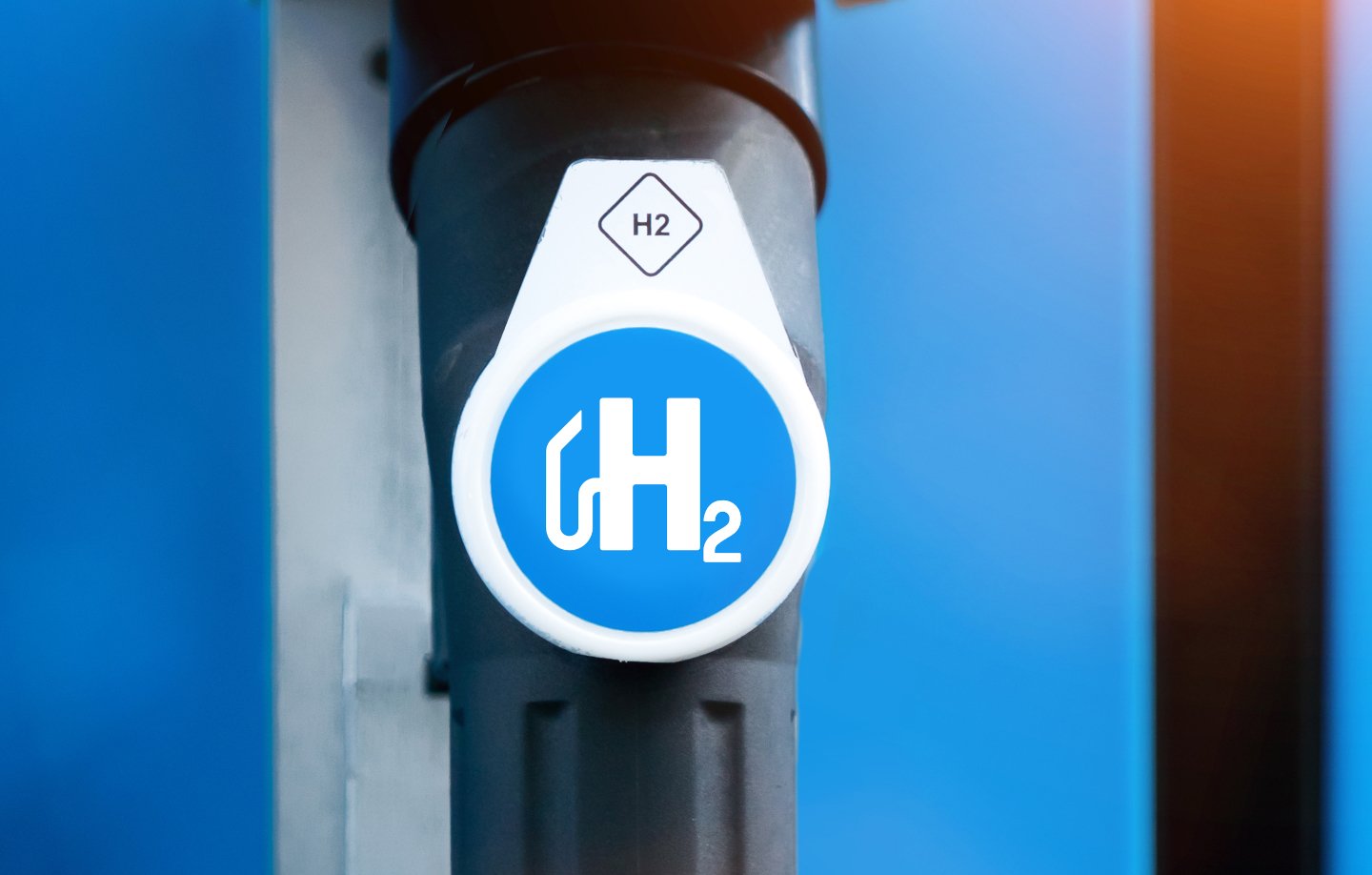
Simulating ammonia and hydrogen combustion
Non-carbon fuel combustion represents a promising avenue for decarbonizing internal combustion engine (ICE) applications across various sectors, including heavy-duty transportation (both on and off-road), rail systems, power generation, and maritime sectors. Notably, hydrogen and ammonia are being actively explored as emerging green fuel options.
Hydrogen ICEs, for instance, offer the potential for high power density and remarkably low tailpipe emissions. However, they come with unique challenges related to designing systems for a gaseous fuel, which possesses distinct mixing, burn rate, and combustion control requirements. The primary pollutant of concern with Hydrogen ICEs is NOx, a challenge mitigated by operating the engine with lean equivalence ratios and employing Exhaust Gas Recirculation (EGR). Under these conditions, hydrogen combustion displays thermo-diffusive instability, making the application of conventional flame propagation and heat transfer models challenging.
In contrast, ammonia combustion is generally more stable, but initiation of combustion and sustaining rapid flame propagation become a challenge under typical operating conditions, prompting the development of innovative piloting strategies and multi-fuel applications.
The Realis Simulation toolchain incorporates specialised models tailored to address hydrogen and multi-fuel combustion across the entire spectrum of engine operating conditions. This empowers our customers to bring new non-carbon ICE products to the market, paving the way for cleaner and more sustainable transportation and power generation solutions.
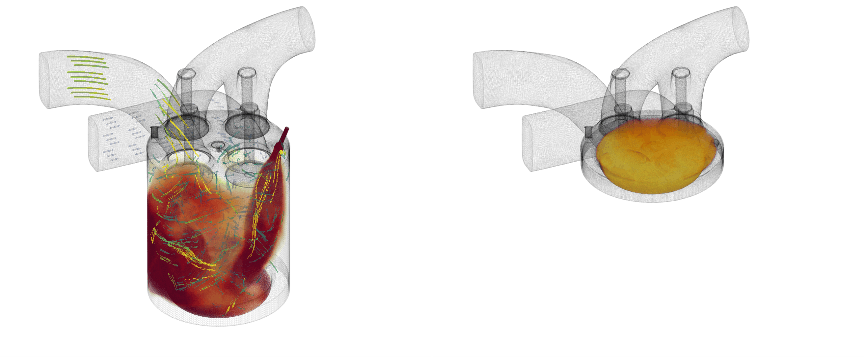
Our insights

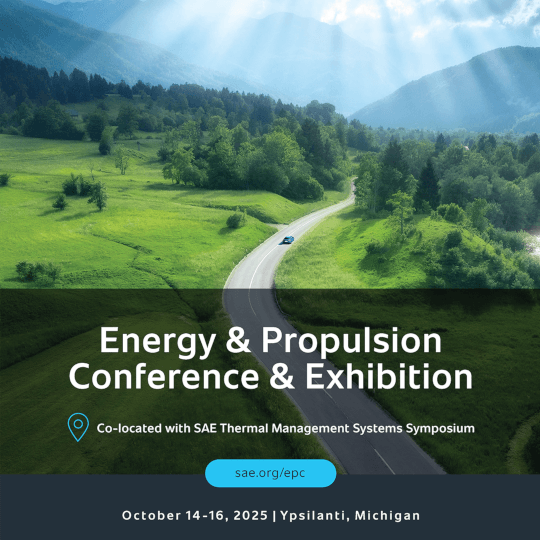
CFD and FE Toolset for Predicting Structural Temperatures in a Hydrogen Internal Combustion Engine
Technical Paper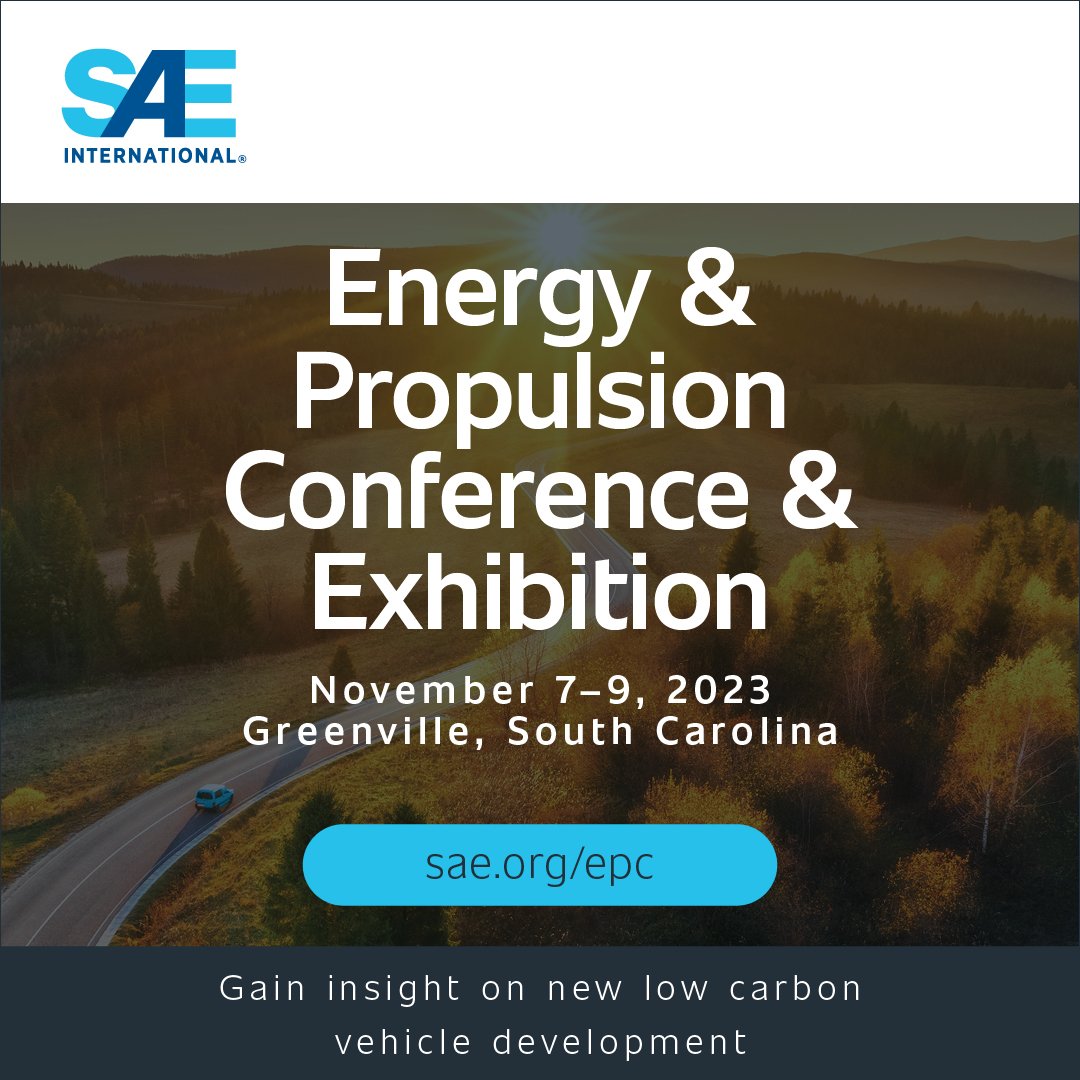
Calculation of Thermal Boundary Conditions for Hydrogen Internal Combustion Engines
Technical Paper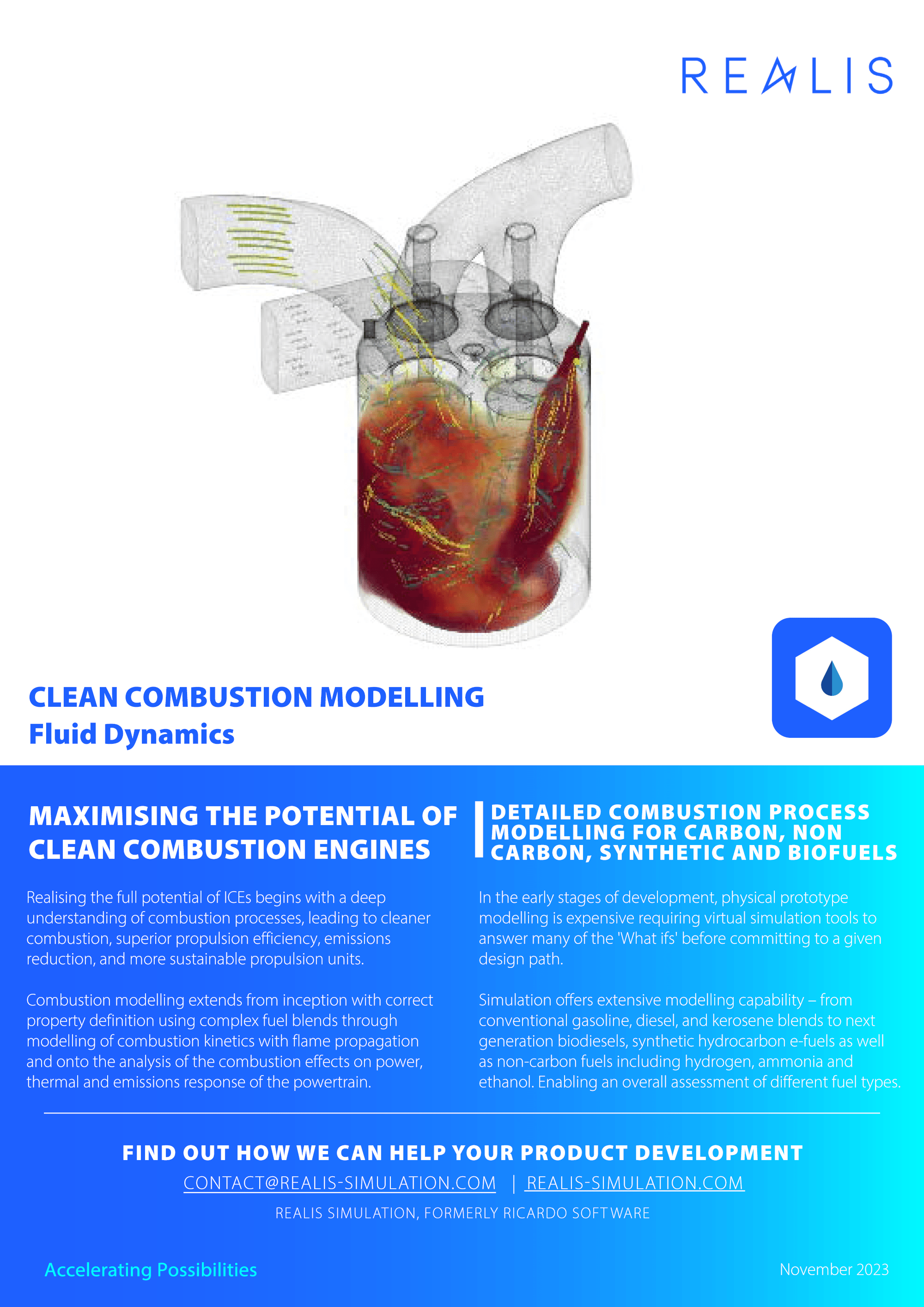
Clean combustion modelling
Brochure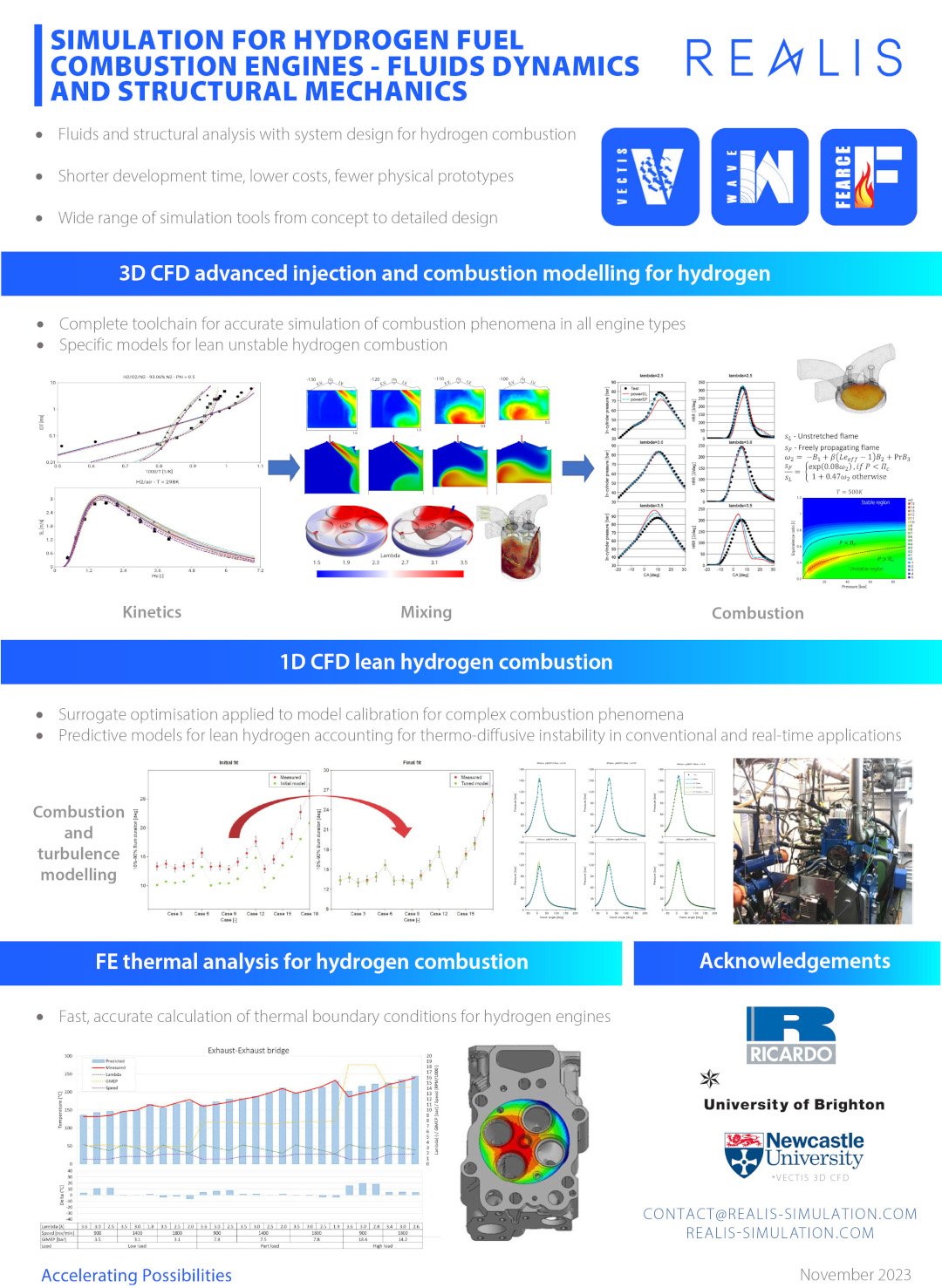
Hydrogen combustion
Brochure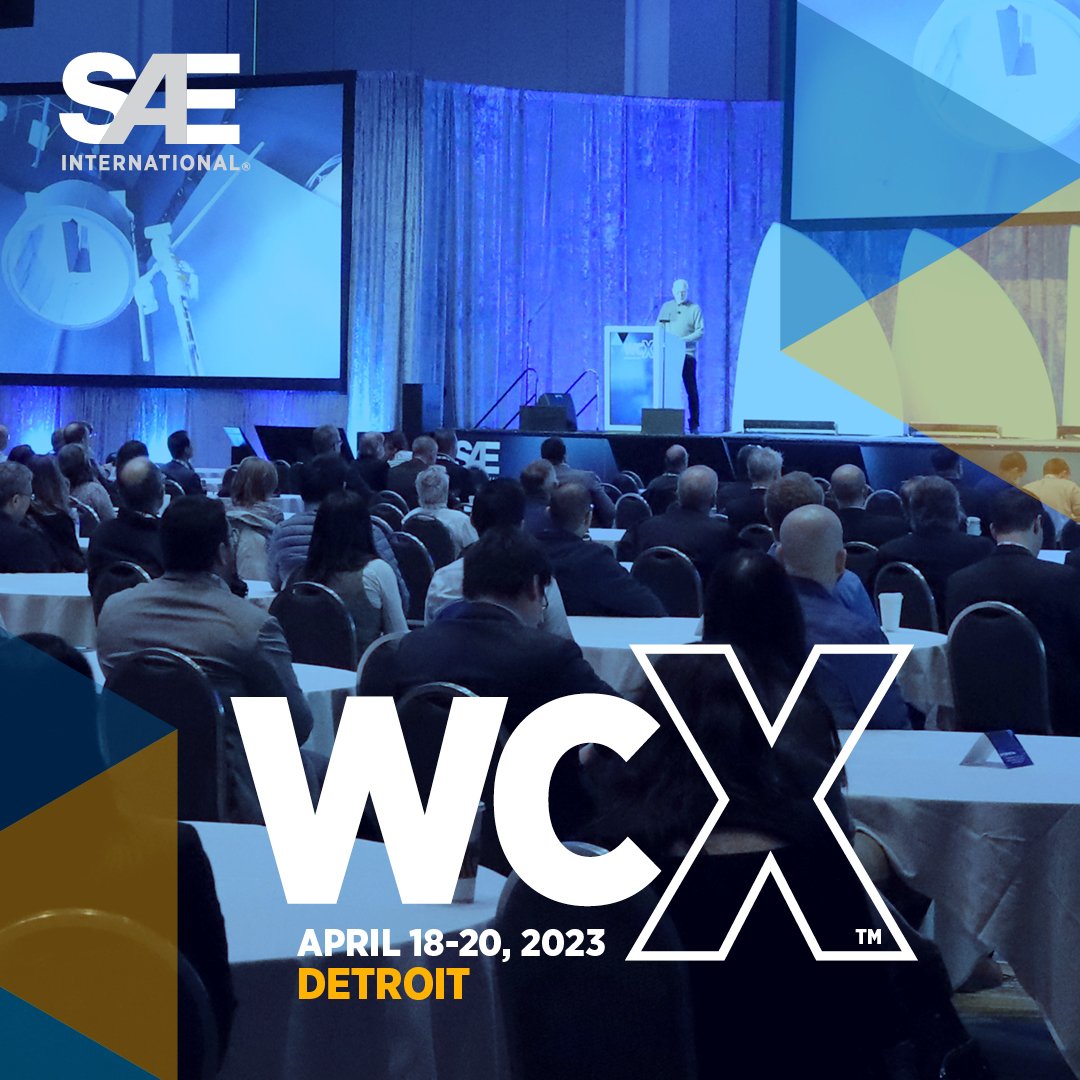
Thermo-Diffusive Flame Speed Adjustment and its Application to Hydrogen Engines
Technical Paper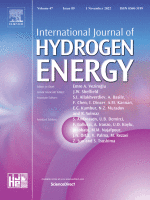
Combustion characteristics and energy distribution of hydrogen engine under high oxygen concentration
Technical Paper
Hydrogen combustion: faster than you think
Conference